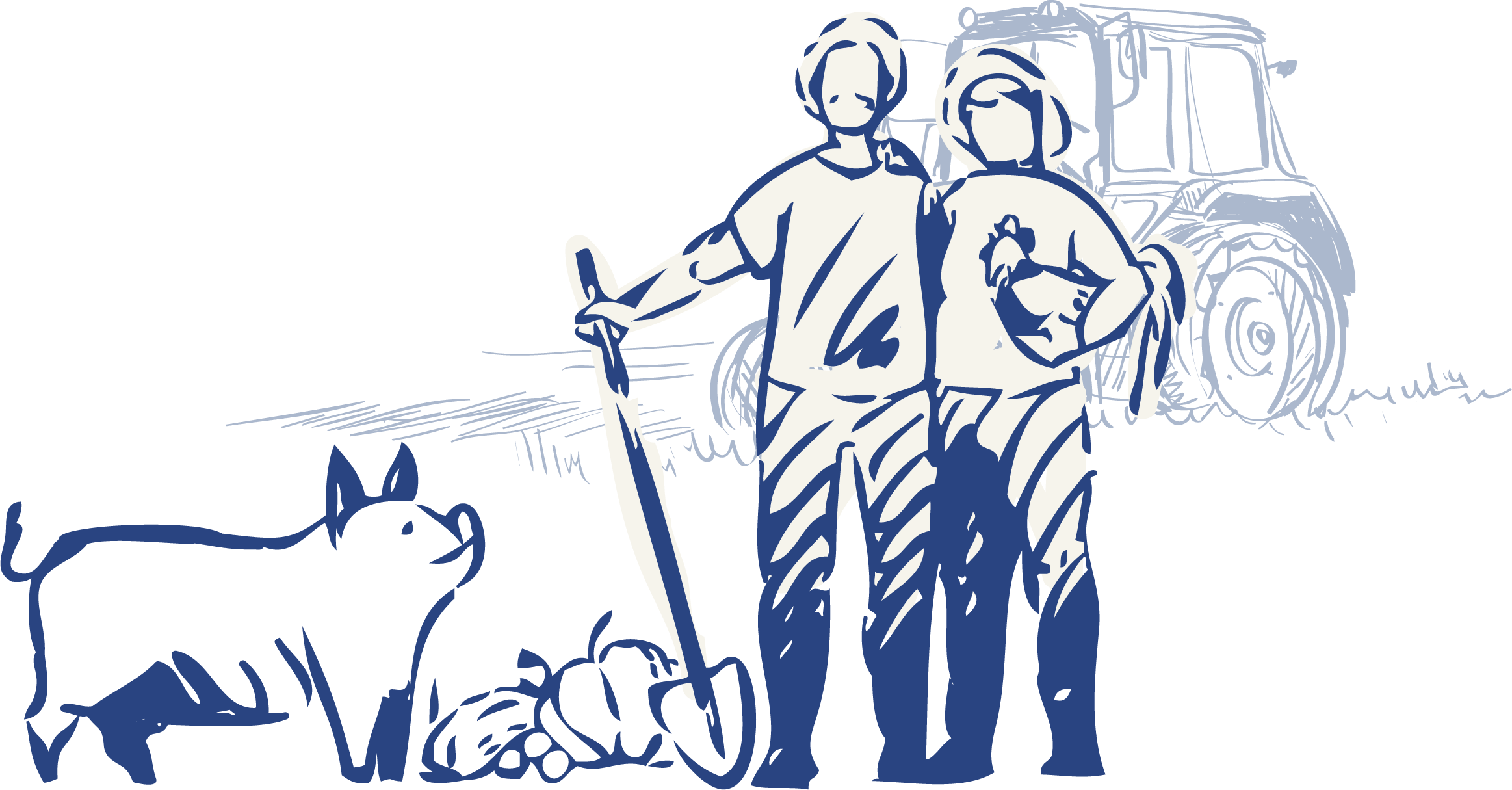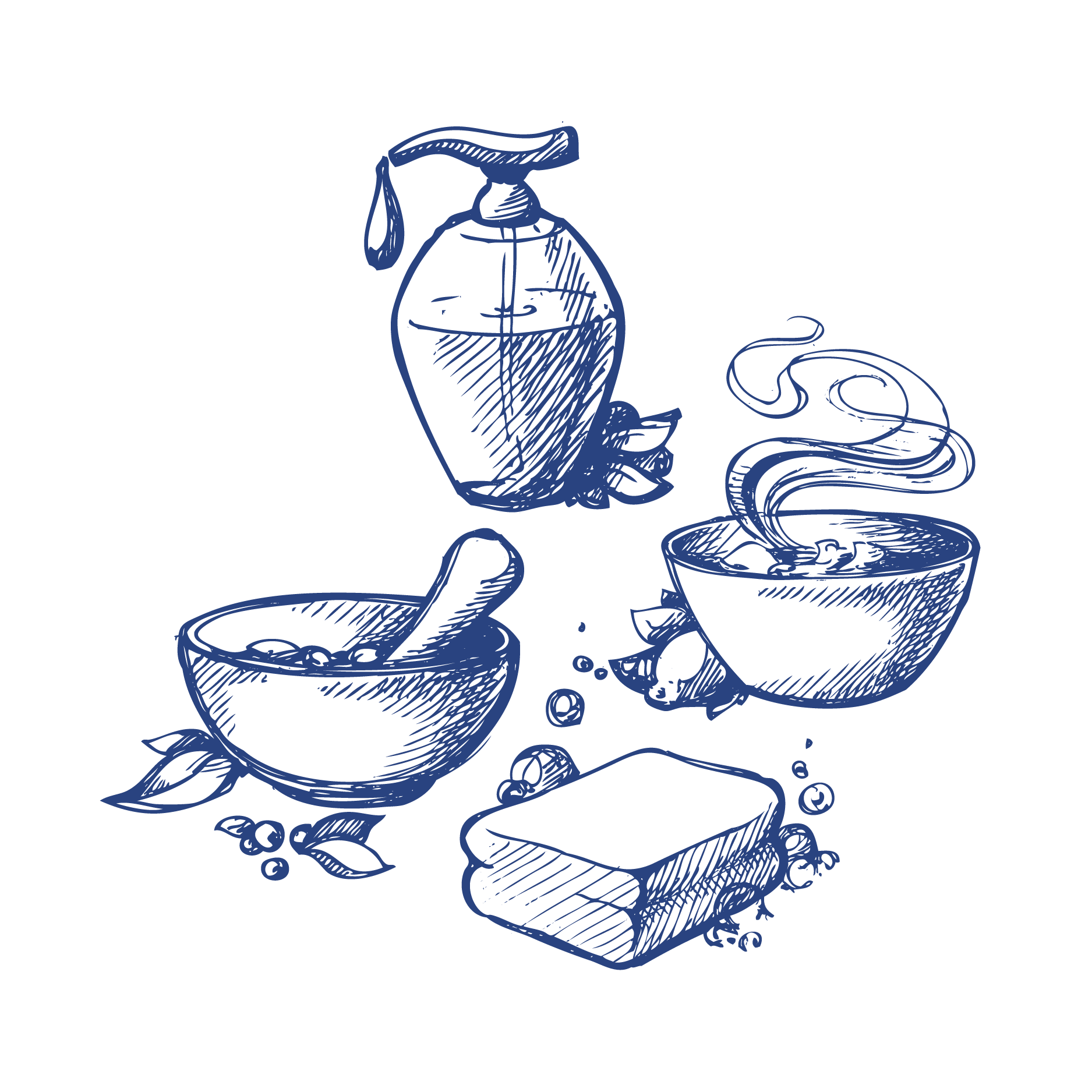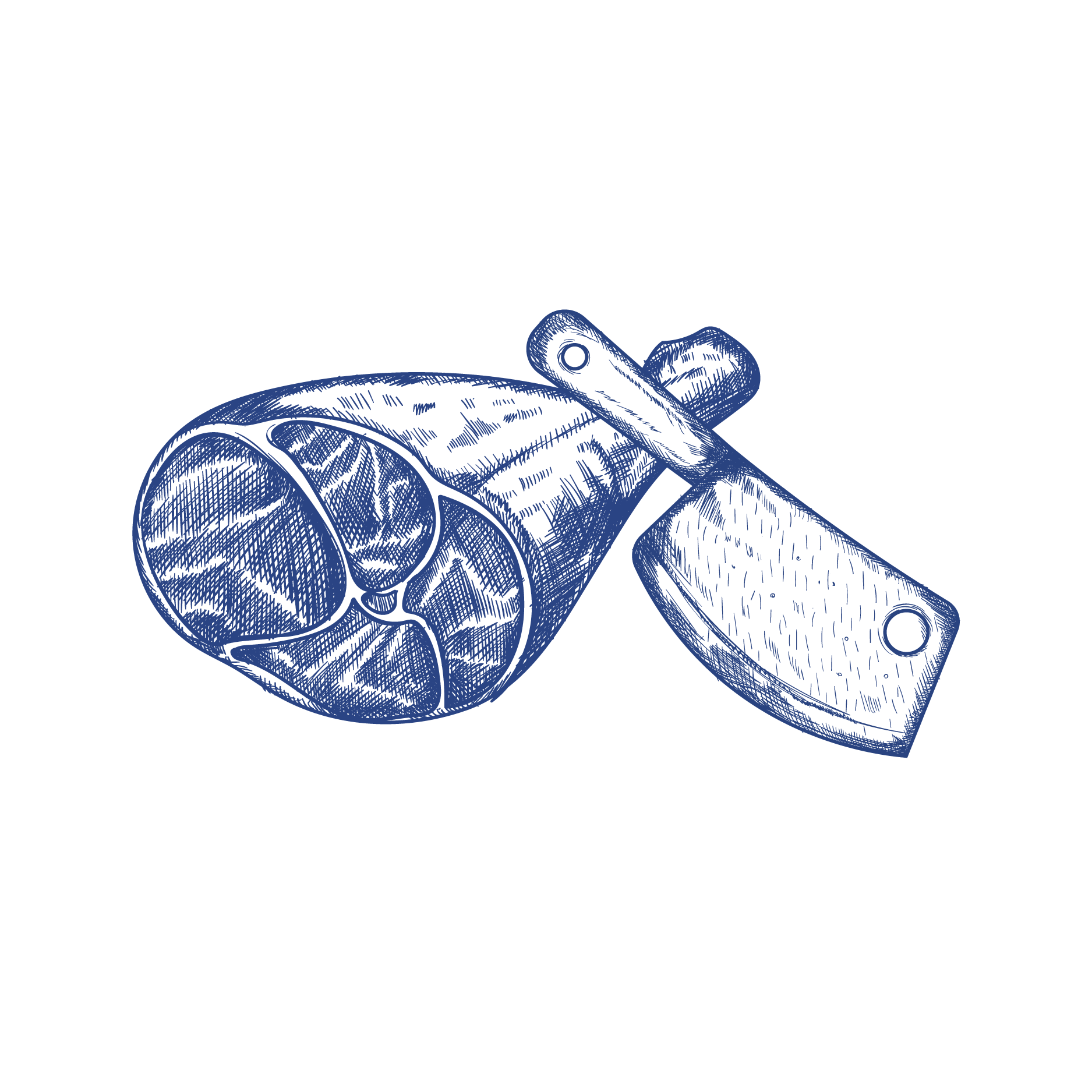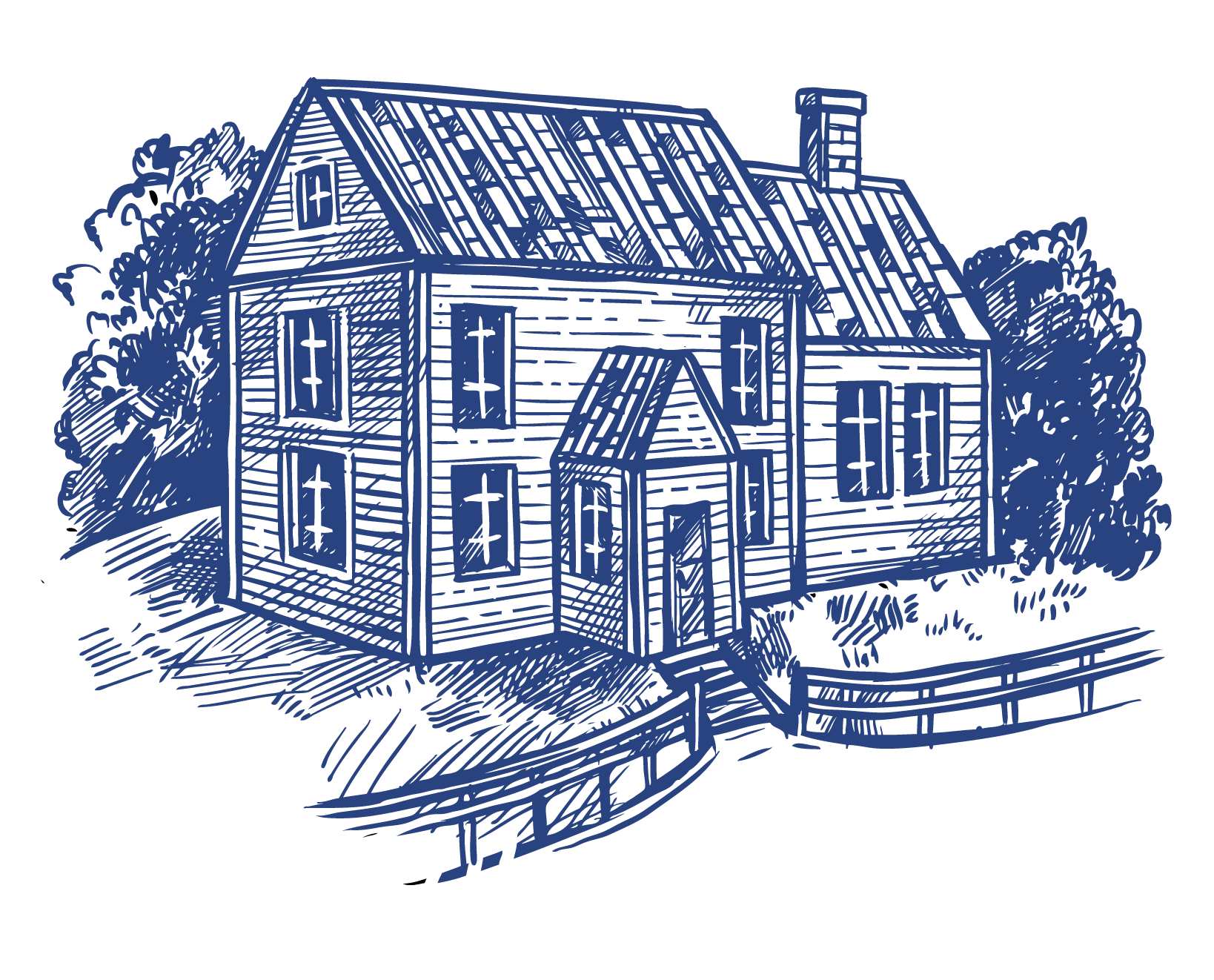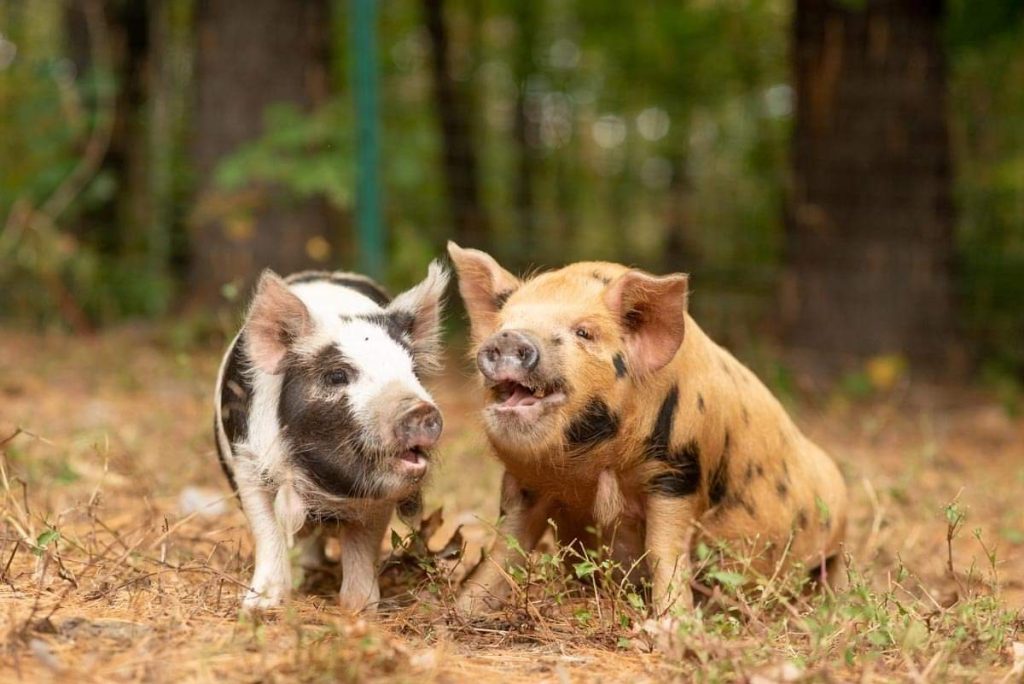
Kune Kune is slow food
Because Kune Kunes are an unimproved breed, they grow slowly and lay down very fine-grained and flavorful fat and meat. You'll taste the difference.

Every inch of the Kune Kune is edible
Because the Kune Kune is a charcuterie pig, not a meat pig, you'll be using virtually every pound of hanging weight. There's almost no waste.

Kune Kune products have high ROI
Lard, cured meats, and charcuterie are some of the highest-price homestead products out there. With the low input costs for Kune Kunes, and the fact that you won't need extra staff for handling, you'll see a quick return on investment and the potential for high homestead profits.


